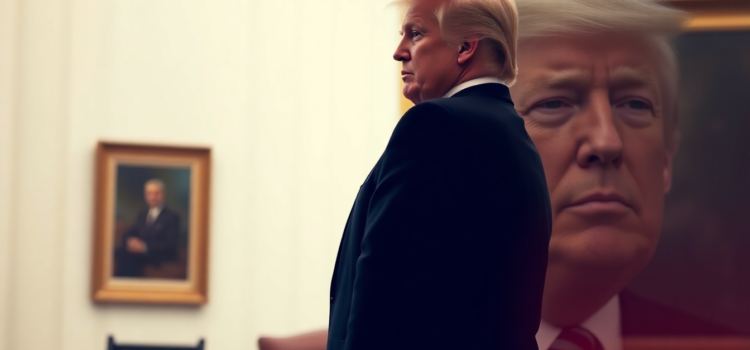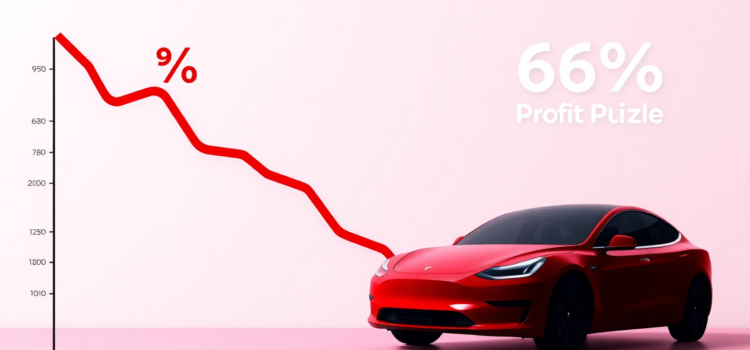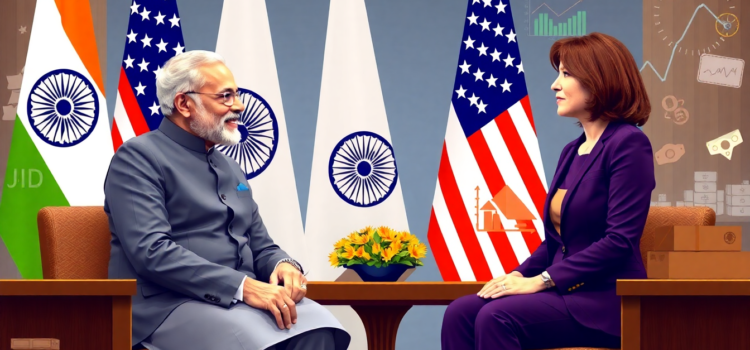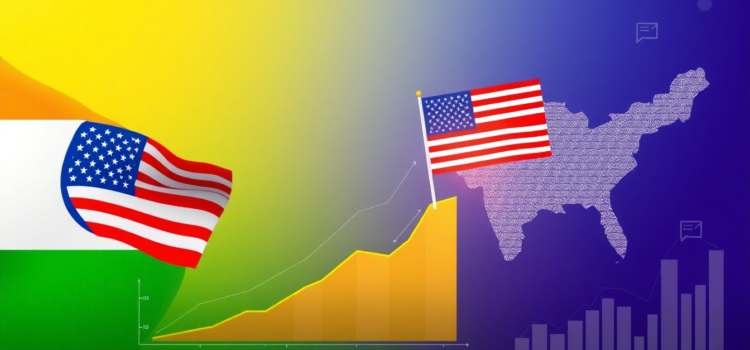
Trump Vows Not to Fire Federal Reserve Chair Jerome Powell Amid Economic Tensions

Introduction
In a surprising turn of events, President Donald Trump has vowed not to fire Federal Reserve Chair Jerome Powell, despite a backdrop of fierce criticism and mounting economic tensions. Trump’s recent comments branding Powell as a “major loser” had fueled speculation regarding Powell’s future, raising questions about the stability of the Federal Reserve’s leadership. This announcement has come amid significant market fluctuations, underscoring the complexities of the ongoing relationship between Trump’s economic policies and the Federal Reserve’s monetary strategies.
Trump Defies Previous Remarks on Powell Firing
Despite his criticism, where Trump sharply rebuked Powell’s decisions on social media, labeling him “always TOO LATE AND WRONG,” the president has now reversed course, expressing no intention of terminating the Federal Reserve Chair. The inconsistency of Trump’s stance has left market analysts speculating the rationale behind this change, at a time when economic policy consistency is deemed critical. These vacillations in statements have been linked to recent declines in financial markets, with a noted drop in U.S. stock indices and rising long-term government bond yields.
Economic Tensions Between Trump and Powell
Central to this conflict is Trump’s persistent demand for reduced interest rates, contrasting sharply with the Federal Reserve’s approach to keeping rates stable to manage inflation. Trump’s assertion that “this is a perfect time to lower interest rates” reflects his focus on immediate economic stimulus, which stands at odds with the Federal Reserve’s cautious and measured strategy. Concerns have been raised about the impact of trade policies and rising prices, further highlighting tensions between Trump’s approach and Powell’s fiscal conservatism.
Impact on Financial Markets
The interplay of policy disagreements between Trump and Powell has contributed to market unease. Key economic indicators, including stock market volatility and the dollar’s depreciation to a three-year low, are symptomatic of investors’ uncertainties about the U.S. economic outlook. Treasury Secretary Scott Bessent has underscored the potential market destabilization that a premature removal of Powell might cause, a sentiment echoed by other White House officials. Highlighting these fears is the International Monetary Fund’s recent downgrade of global growth projections, citing U.S. tariff measures and economic policy ambiguities.
Trump Administration and Federal Reserve Independence
The question of central bank autonomy has been brought to the fore, as legal experts, alongside Powell, have questioned the presidential authority to remove a sitting Fed chair. With Powell’s term nearing its end next year, stakeholders are closely monitoring the administration’s stance on Federal Reserve leadership stability. Fed officials advocate a “wait and see” approach, opting to assess the ongoing trade policies’ repercussions rather than immediate interest rate cuts.
- Trump has vowed not to fire Powell despite previous criticisms.
- The continued demand for lower interest rates reflects ongoing economic tensions.
- Market instability is linked to discrepancies in Trump and Powell’s economic strategies.
- Questions about Federal Reserve autonomy and leadership remain unresolved.
Conclusion
In summary, the saga of Trump and Powell underscores a broader dialogue about economic policy, leadership, and market stability. Trump’s shifting stance on the Federal Reserve Chair’s job security is indicative of the complexities inherent in balancing political priorities with economic realities. Moving forward, stakeholders are advised to closely monitor these dynamics, as they hold significant implications for both domestic and international markets.
For continued insights into the evolving economic policies and potential impacts, engage with our content by subscribing to our newsletter.
Call-to-Action
Stay informed about the latest in economic policy and Federal Reserve news by subscribing to our weekly newsletter. Share your thoughts and join the conversation in the comments below.
FAQ Section
What is the current status of Trump’s relationship with Jerome Powell?
The current status remains tense, though President Trump has stated he has no intention of removing Powell, despite previous criticisms.
How have Trump’s comments on Powell impacted financial markets?
Market reactions include declines in U.S. stocks, increases in government bond yields, and a drop in the dollar value.
Has Trump influenced the Federal Reserve’s interest rate policy?
While Trump has pressured for lower rates, the Federal Reserve maintains a cautious stance, focusing on inflation control.
What are the risks of firing Jerome Powell?
Experts warn that removing Powell could destabilize financial markets, impacting both national and global economies.























Comments